Solve your math problems using our free math solver with stepbystep solutions Our math solver supports basic math, prealgebra, algebra, trigonometry, calculus and moreStatement II is a correct explanation of Statement ILet f(x)=−1/4(x4)^2−8 What is the average rate of change for the quadratic function from x=−2 to x = 2?

Let F X X 1 2 1 X 1 Find A P0 64 B Q1 P0 25 And C P0 81 Homework Help And Answers Slader
Let f x 1/x x 2 1/x 2
Let f x 1/x x 2 1/x 2- Misc 6 Let f = {("x, " 𝑥2/(1𝑥2)) x ∈ R } be a function from R into R Determine the range of f f = { ("x , " 𝑥2/(1𝑥2)) x ∈ R } We find different values of 𝑥2/(1 𝑥2) for different values of x Domain Value will always be between 0 & 1 We note that Value of range y = 𝑥2/(1 𝑥2) is always positive Also, it is always between 0 and 1 Hence, Range is any positiveSolution For Let f(x)f(y)=f(xsqrt(1y^(2))ysqrt(1x^(2))) f(x) is not identically zero Then Become a Tutor Blog Cbse Question Bank Pdfs Micro Class Download App Class 12 Math Calculus Relations and Functions II 501 150 Let f (x) f (y) = f (x 1 − y 2 y 1 − x 2 ) f (x) is not identically zero Then



Courses Math Tufts Edu Math32 Exams Sol2 F07 Pdf
L e t f (x) = 2 {x} × (1 − {x}) sin − 1 (1 − {x}) × cos − 1 (1 − {x}) , where {x} denotes the fractional part of x R = x → 0 lim f ( x ) is equal to 501For x 1, x 2 ∈ R, consider We note that there are point, x1 and x 2 with x 1 ≠ x 2 and f (x 1) = f (x 2), for instance, if we take x 1 = 2 and x 2 = 1/2, then we have f (x 1) =2/5 and f(x 2) =2/5 but 2 ≠ 1/2 Hence f is not oneone Also, f is not onto for if so then for 1∈R ∃ x ∈ R such that f (x) = 1 which gives x/(x 2 1) =1 But there is no such x in the domain R, since theG(x)=(x1)/2# Let #D_f and R_f# denote the Domain and Range of the fun #f# resp Now, recall that the fun #fog# will be defined iff #R_gsubD_f# #(star)#, &, in the event, the fun #fog RR rarr RR# is defined by, #fog(x)=f(g(x)), x in D_g# In case of our funs
Let f(x)=x^21/x^2 and g(x)=x1/x,x∈ R {1,0,1} If h(x)=f(x)/g(x), then the local minimum value of h(x) is ← Prev Question Next Question → 0 votes 4k views asked in Mathematics by Nisa (598k points) Let f(x)=x 2 1/x 2 and g(x)=x1/x,x ∈ R {1,0,1} If h(x)=f(x)/g(x), then the local minimum value of h(x) is (1) 3 (2) – 3 (3) − 2 √ 2 (4) 2 √ 2 jee;A F(x) has 1 relative minimum and 1 relative maximum B as x → 00, F(x) → 00 x → 00,F(x) > 0 C as x → 00, F(x) —00 x → 0,F(x) 00 D F(x) has 0 relative minimums and 0 relative maximums Categories Uncategorized Leave a Reply Cancel reply Your email address will not be published Required fields are marked * Comment Name * Email *To ask Unlimited Maths doubts download Doubtnut from https//googl/9WZjCW Let f(x) = max {x^2 2 x,x} and g(x) = min {x^2 2x, x} then
Let f(x)=x1 and g(x)=2x2,find (fg)(x) ACTIVITY 2Directions Tabulate the following ages of thirtyfive (35) elders housed in an OrphanageFacility in Zamboanga City into a frequency distrib color (blue) (f (x)=5x1), so wherever we see an x, we input color (red) (g (x)=x^21) Doing this, we get color (blue) (5 (color (red) (x^21))1 Let's distribute the 5 to both terms to get 5x^251 Which can obviously be simplified to f (g (x))=5x^26 Recall that we want to know f (g (1)), and we know f (g (x)) now, so now we can plug Let g(x)=2f(x/2)f(2x) and f''(x) 0 for every x belongs to (0,2) Then g(x) increases in a (1/2,2) b (4/3,2) c (0,2) d (0,4/3) Maths Relations and Functions



Let F X Max X 2 1 X 2 2x 1 X Where 0 X 1 Determine The Area Of The Region Bounded By The Curves Y F X X Axis X



Courses Math Tufts Edu Math32 Exams Sol2 F07 Pdf
Let f(x) = x 1 4x Part 1 f(x) Assuming f is onetoone, find a formula for rx) f1(x) = Part 2 Function composition Check your answer to part 1 using function composition (f1 )(x) = (f f1)(x) = Part 3 Range Find the range of f O (4, 4) O (0, 1) u (1, o) (1, 1 Ex 12, 10 Let A = R − {3} and B = R − {1} Consider the function f A → B defined by f (x) = ((x − 2)/(x − 3)) Is f oneone and onto? Transcript Ex 62, 14 Find the least value of a such that the function f given by 𝑓 (𝑥) = 𝑥2 𝑎𝑥 1 is strictly increasing on (1, 2)We have f(𝑥) = 𝑥2 a𝑥 1 And, f'(𝑥) = 2𝑥 a Given f is strictly increasing on (1 ,2) ∴ f'(𝑥) > 0 on (1 ,2) Putting value of f'(x) 2𝑥 a > 0 on (1 ,2) Let's put x = 1 and x = 2 and find value of a So, a > −2



Q Tbn And9gcqpama6tqgin Iutakqatcksftftyjylbbujdpmxcrct Ee Usqp Cau
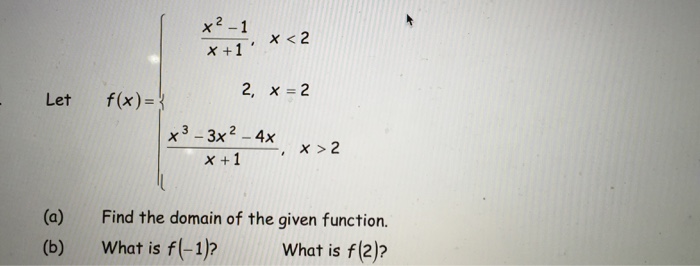



Let F X X 2 1 X 1 X 2 2 X 2 X 3 Chegg Com
Ex 12, 1 Show that the function f R* → R* defined by f(x) = 1/x is oneone and onto, where R* is the set of all nonzero real numbers Is the result true, if the domain R* is replaced by N with codomain being same as R*?This solution is from Chapter 13 problems 3942 the conclusion question is (ii) an additional year of age after adjusting for the other risk factors View Answer Let f (x) = 1/2, 0 < x < 1 or 2 < x < 3, zero elsewhere, be the pdf of X (a) Define the cdf of X and sketch its graphLet x and y be any two elements in the domain (N), such that f(x) = f(y) ⇒ `x^2 x 1 = y^2 y 1` ⇒ `(x^2 y^2 ) (x y ) = 0 ` ⇒ (x y) (x y ) (xy ) = 0 ⇒ ( x y) ( x y 1) = 0 ⇒ x y = 0 x y 1 can not be zero because x and y are natural numbers ⇒ x =y So, f is oneone Surjectivity when x = 1 `x^2 x 1



Let F X 2 X 2 Evaluate A F X 1 And B F X F 1 Math Homework Answers




If The Function F X X 2 1 X 1 When X 1 K When X 1
Misc 8 Let f = {(1, 1), (2, 3), (0, –1), (–1, –3)} be a function from Z to Z defined by f(x) = ax b, for some integers a, b Determine a, b Given f(x) = axSolution For Let f(x)=\sin ^{1}\left(\frac{2 x}{1x^{2}}\right) and g(x)=x \operatorname{sgn}(x) If \lim _{x \rightarrow 0}\left\frac{f(x) Become a Tutor Blog Cbse Question Bank Pdfs Micro Class Download App Class 11 Math All topics Relations and Functions II 502 150 Let f (x) = sin − 1 (1 x 2 2Click here👆to get an answer to your question ️ Let f = {(1, 1), (2, 3), (0, 1), ( 1, 3)} be a function from Z to Z defined by f(x) = ax b for some




Ex 1 3 6 Show F X X X 2 Is One One Find Inverse Of F




Let F X 1 1 X 2 Then Range F
Let $f(x)=(x1)(x2)(x3)(x4)5$ where $x\\in6,6$ If the range of the function is a,b where $a,b\\in N$, then find the value of (ab) My attempt is as followsSolving for f R* → R* f(x) = 1/x Checking oneoneClick here👆to get an answer to your question ️ Let f(x) = x^2 1x^2 and g(x) = x 1x, x ∈ R { 1, 0, 1 } If h(x) = f(x)g(x) , then the local minimum value of h(x) is




1 Let F X X 1 G X X 2 1 X 1 Is F G 2 If F R To R Is Defined By F X X X 2 1 Find F F 2 Maths Relations And Functions Meritnation Com




Let F Be A Function Defined By F X X 1 2 1 Xge1 Statement 1 The Set X F X F Youtube
# f RR rarr RR ;6x View solution steps Steps Using Derivative Rule for Sum f ( x ) = 3 x ^ { 2 } 1 f ( x) = 3 x 2 1 The derivative of a polynomial is the sum of the derivatives of its terms The derivative of a constant term is 0 The derivative of ax^ {n} is nax^ {n1} The derivative of a polynomial is the sum of the derivatives of its termsShare It On Facebook Twitter Email 1 Answer 0 votes answered by sanjaydas (8k points) selected May 6,




If F X Min 1 X2 X3 Then Tardigrade In



Secure Media Collegeboard Org Digitalservices Pdf Ap Apcentral Ap15 Calculus Ab Q2 Pdf
F(x) = 2×2 – 2×2 1 is true? This is a way to express finding the inverse function of f(x)=x^216 First, write the function as y=x^216 Next, switch the y and x positions x=y^216 rarr Solve for y in terms of x x16=y^2 y=sqrt(x16) The inverse function should be f^1(x)=sqrt(x16)To ask Unlimited Maths doubts download Doubtnut from https//googl/9WZjCW Let `f (x) = x^2 4x 1`, then
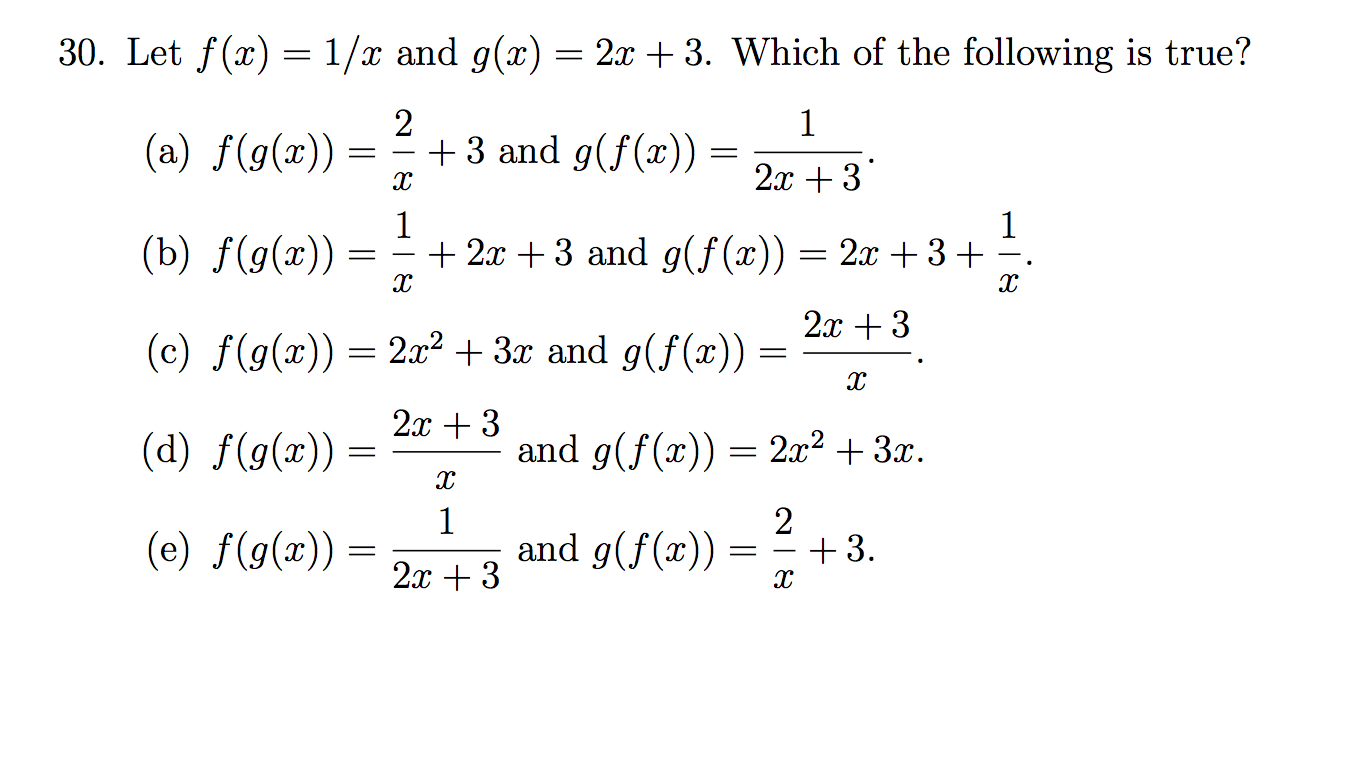



Let F X 1 X And G X 2x 3 Which Of The Chegg Com




X2 X 1 X2 X 1 Find The Range Of F X Scholr
Graph f(x)=x^21 Find the properties of the given parabola Tap for more steps Rewrite the equation in vertex form Tap for more steps Complete the square for Tap for more steps Use the form , to find the values of , , and Consider the vertex form of a parabola Substitute the values of and into the formula Cancel the common factor of and Tap for more steps Factor out ofLet f (x) = sin − 1 (1 x 2 2 x ) and g (x) = cos − 1 (x 2 1 x 2 − 1 ) Then tha value of f(10)g(100) is equal to Then tha value of f(10)g(100) is equal to 503If mantissa of logarithm of 7193 to the base 10 is , then mantissa of logarithm of 7193 is The exponential form of lo g 8 0125 = − 1 is 8 − m = 0125Then value of m is
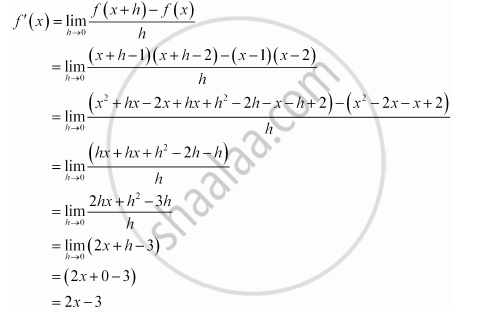



Find The Derivative Of The Following Functions From First Principle X 1 X 2 Mathematics Shaalaa Com
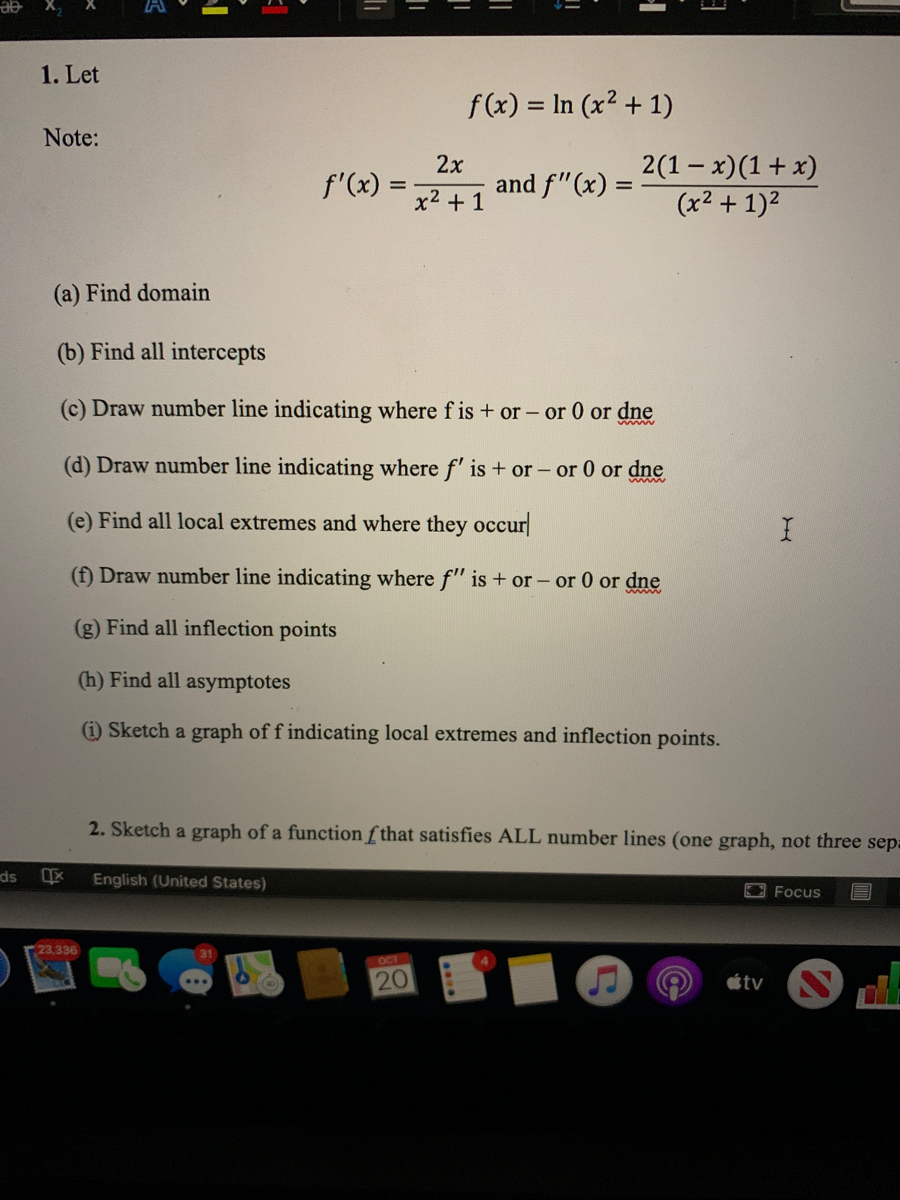



Answered 1 Let F X In X 1 3d Note 2x Bartleby
Let f(x) = (x 1) 2 1, x ≥ 1 Statement I The set {x f(x) = f1 (x)} = {0, 1} Statement II f is a bijection (a) Statement I is false, Statement II is true (b) Statement I is true, Statement II is true;Answer to Let f(x)=1x^2/3 Show that f(1) = f(1) but there is no number c in (1, 1) such that f'(c) = 0 Why does this not contradict The Taylor expansions are 1/ (1x)=1xx^2x^3 o (x^3) (2x1)/ (12x^2)=12x2x^24x^3o (x^3) You can also obtain theses expansions by performing a long division Therefore, f (x)=1/ (1x) (2x1)/ (12x^2)=03x3x^23x^3o (x^3) Answer link Harish Chandra Rajpoot Jul



Http Site Iugaza Edu Ps Biqelan Files 19 11 Matha1301 Sec4 2ho Pdf



Www Ualberta Ca Rjia Math214 Hwks Sol9 Pdf
To ask Unlimited Maths doubts download Doubtnut from https//googl/9WZjCW Let f(x) = min {4x 1, x 2, 2x4} then the maximum value of f(x) isEnter your answer in the box Mathematics Asked 1 day ago Give Answer Answers AnswerAverage rate of change of function is 2Stepbystep explanationGiven we have to find the average rate of change for the quadratic function from x=−2 to x = 2 The average rate ofF(x)=2x1, and, g RR rarr RR ;




Let F X Sin 1 1 X 2 1 Cos 1 1 2 X 3 Then




Let F 1 2 Infinity 3 4 Infinity Where F X X 2 X 1 Find The Inverse Of F X Hence Or Otherwise Solve The Equation X 2 X 1 Maths Relations And Functions Meritnation Com
Stack Exchange network consists of 178 Q&A communities including Stack Overflow, the largest, most trusted online community for developers to learn, share their knowledge, and build their careers Visit Stack Exchange Let f(x) = (1 x(1 1 x))/1 xcos(1/(1 x)) for x ≠ Then ← Prev Question Next Question → 0 votes 285k views asked in Mathematics by paayal (147k points) Let f(x) = (1 x(1 1 x))/1 xcos(1/(1 x)) for x ≠ Then jee mains; x = 2, x = 0 the graph of f(x) = 3/2x can be drawn using two points this could be (0,0) and (2, 3) or (0,0) and (2, 3), for example the graph of f(x) = 3/2x is a straight line, with the same gradient throughout the graph of g(x) = (1/2)^x 1 can also be drawn using two reference points, eg (0,0) and (2, 3) however, it is important to note that it is a curve, and that its




Notes On Topics Of Algebra Notes




Show That The Function F R To R Defined By F X X X2 1 For All X Belongs To R Is Neither One One Nor Onto Also If G R To
The function f R/{0}R given by f(x) = 1/x 2/(e^(2x) 1) can be made continuous at x =0 by defining f(0) as asked in Mathematics by Samantha ( 3k points) limitsStack Exchange network consists of 178 Q&A communities including Stack Overflow, the largest, most trusted online community for developers to learn, share their knowledge, and build their careers Visit Stack ExchangeLet F (X) =`{ (1 X, 0≤ X ≤ 2) , (3 x , 2 < X ≤ 3)}` Find Fof CBSE CBSE (Arts) Class 12 Question Papers 17 Textbook Solutions Important Solutions 24 Question Bank Solutions Concept Notes & Videos 531 Time Tables 18 Syllabus Advertisement Remove all ads Let F (X) =`{ (1 X, 0≤ X ≤ 2) , (3 x , 2 < X ≤ 3)}` Find Fof Mathematics Advertisement Remove




Let F X Min X 1 X 1 X Then F 2 Equals Youtube



Http Math Umd Edu Jmcderm 0342 test 2 review sols Pdf
Divide f2, the coefficient of the x term, by 2 to get \frac{f}{2}1 Then add the square of \frac{f}{2}1 to both sides of the equation This step makes the left hand side ofTo ask Unlimited Maths doubts download Doubtnut from https//googl/9WZjCW Let f(x)=x1x1Then f is differentiable inAnswer to Let f(x) = x^3x^2x1 \\ on \\ 1,2 find all numbers c satisfying the conclusion to the Mean Value Theorem By signing up, you'll




Let F X X 2 1x 2 And G X X 1x X R 1 0 1 If H X F X G X Then The Local Minimum Value Of H X



Secure Media Collegeboard Org Digitalservices Pdf Ap Apcentral Ap15 Calculus Q5 Pdf



Q Tbn And9gcqj529kunx E23asbmwgf8sdjnucswezuevva8edino5czgfbjv Usqp Cau
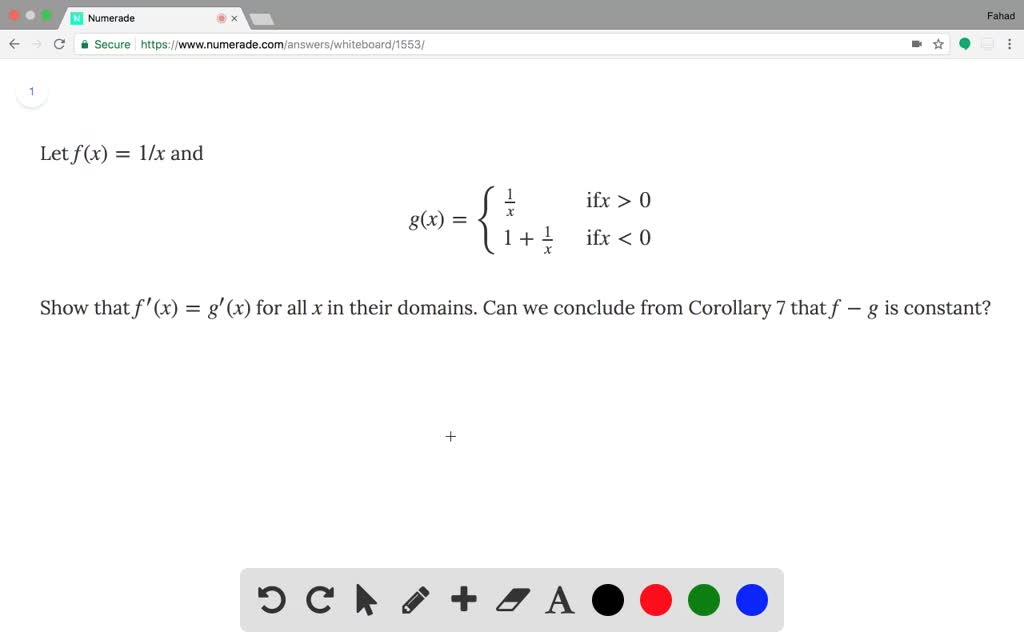



Solved Let F X 1 X And G X Left Begin Array Ll Frac 1 X Mbox If X 0 1 Frac 1 X Mbox If




Let F X 1 X 0le Xle 2 And 3 X 2 Lt X Le 3 Find Fof X Youtube



Let F X X 2 1 X 2 X R Be A Function From R To R Determine The Range Of F Sarthaks Econnect Largest Online Education Community




Unit 5 Fundamental Principles Of Counting The Rules




Let F X X 1 X 2 And G X E X 1 X Where Denote Greatest Integer Function Then
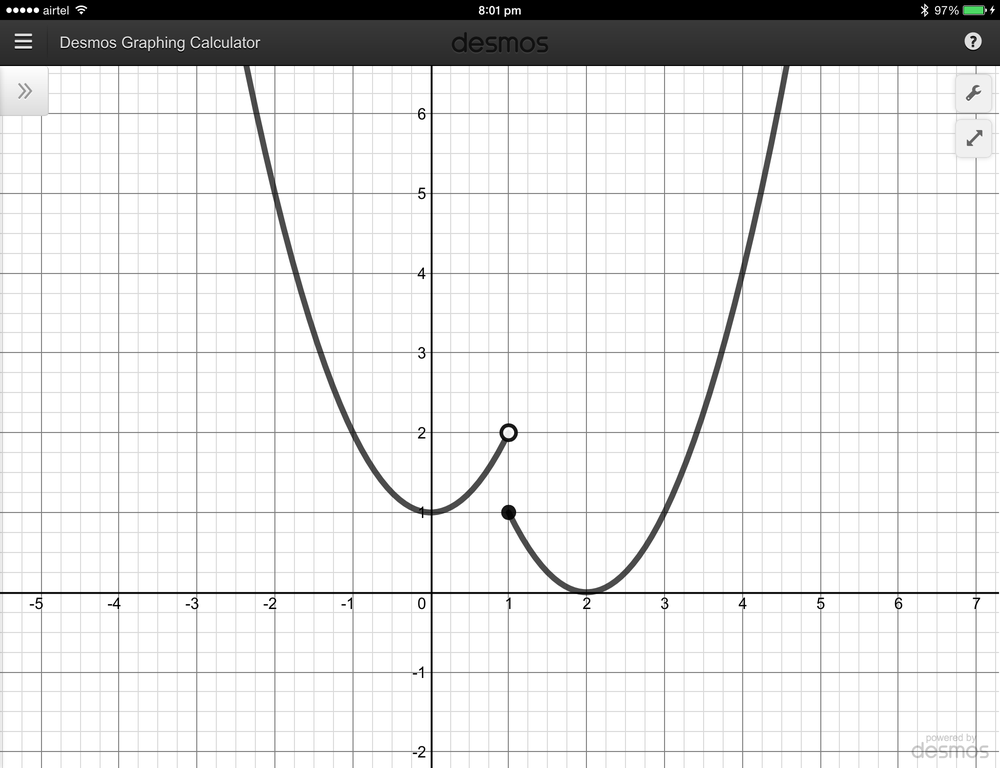



Let F X X 2 1 X 2 2 If X 1 If X Less Than And Quizlet



Http Www Princeton Edu Mwatson Misc Switz W1 Ex Pdf




Let F X Int X 2 1 X 2 1 Sqrt 1 X 2 Dx And F 0 0 Then F 1 Is
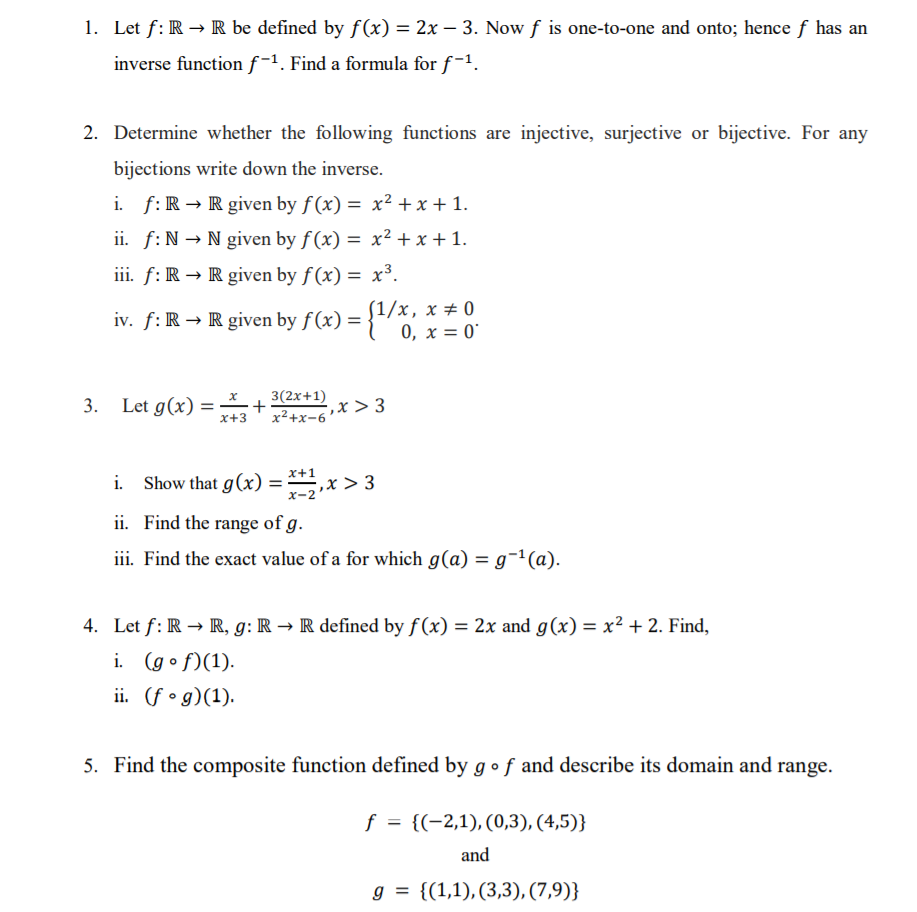



Answered 1 Let F R R Be Defined By F X 2x Bartleby




Let F N X F X 4x 2 12x 15 Then F 1 Y



Www3 Nd Edu Apilking Math Work Old exams Exams s13 M final sp13 solution Pdf




Let F X 1 X X 2 X 3 X 16 X 17 A 0 A 1 1 X A 2 1 X A 17 1 X 17 Find The Value Of A 2



What Is The Inverse Of The Function F X X X 1 Quora



Http Www Math Utah Edu Jasonu 1090 Ln Lecture 3 8 Pdf
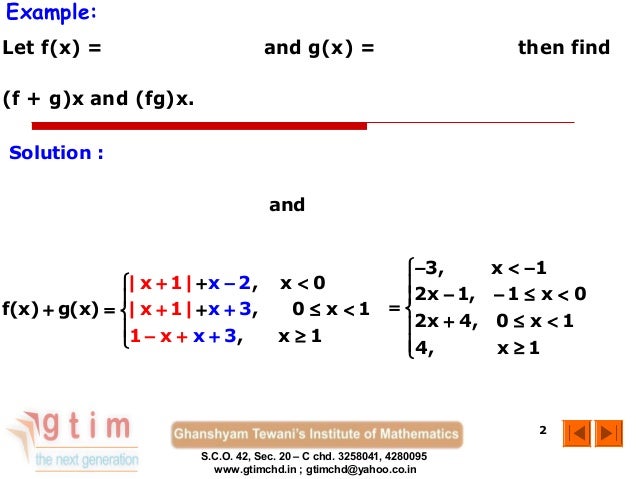



Composite Functions
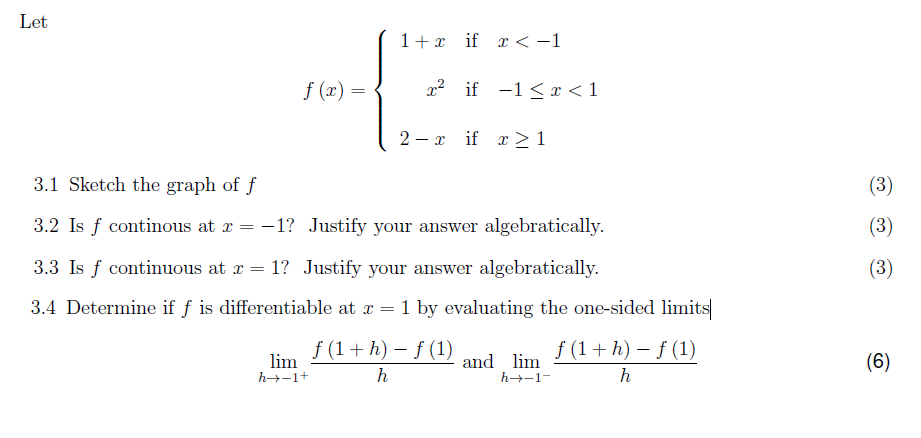



Let F X 1 X If X 1 X 2 If 1 Chegg Com



Let F And G Be The Functions Given By F X E X And G X 1 X What Is The Area Of The Region Enclosed By The Graphs Of F And G Between X 1 And X 2




Let F X X Root 1 X2 Show That Fofof X X Root 1 3x2 Brainly In
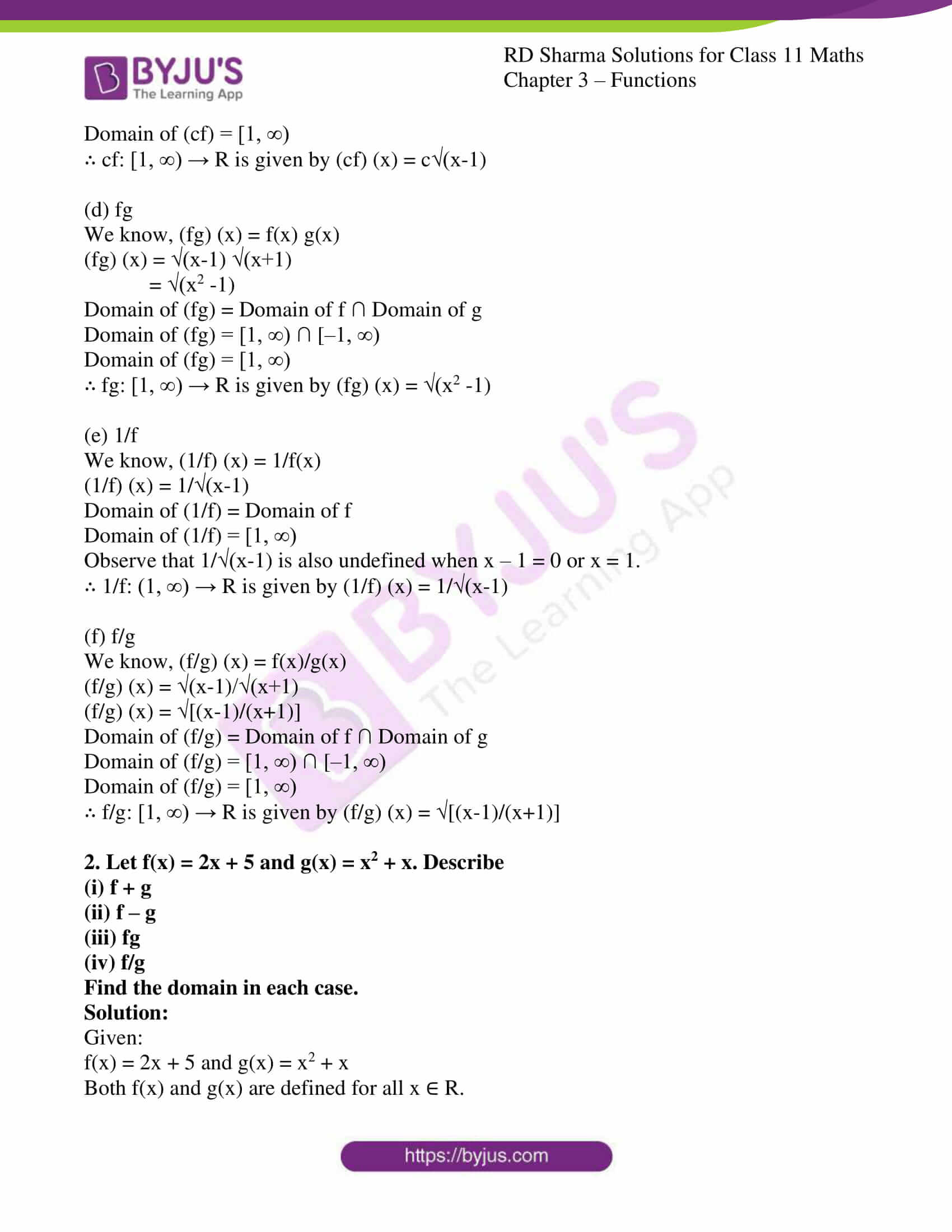



Rd Sharma Solutions For Class 11 Maths Updated For 21 22 Chapter 3 Functions
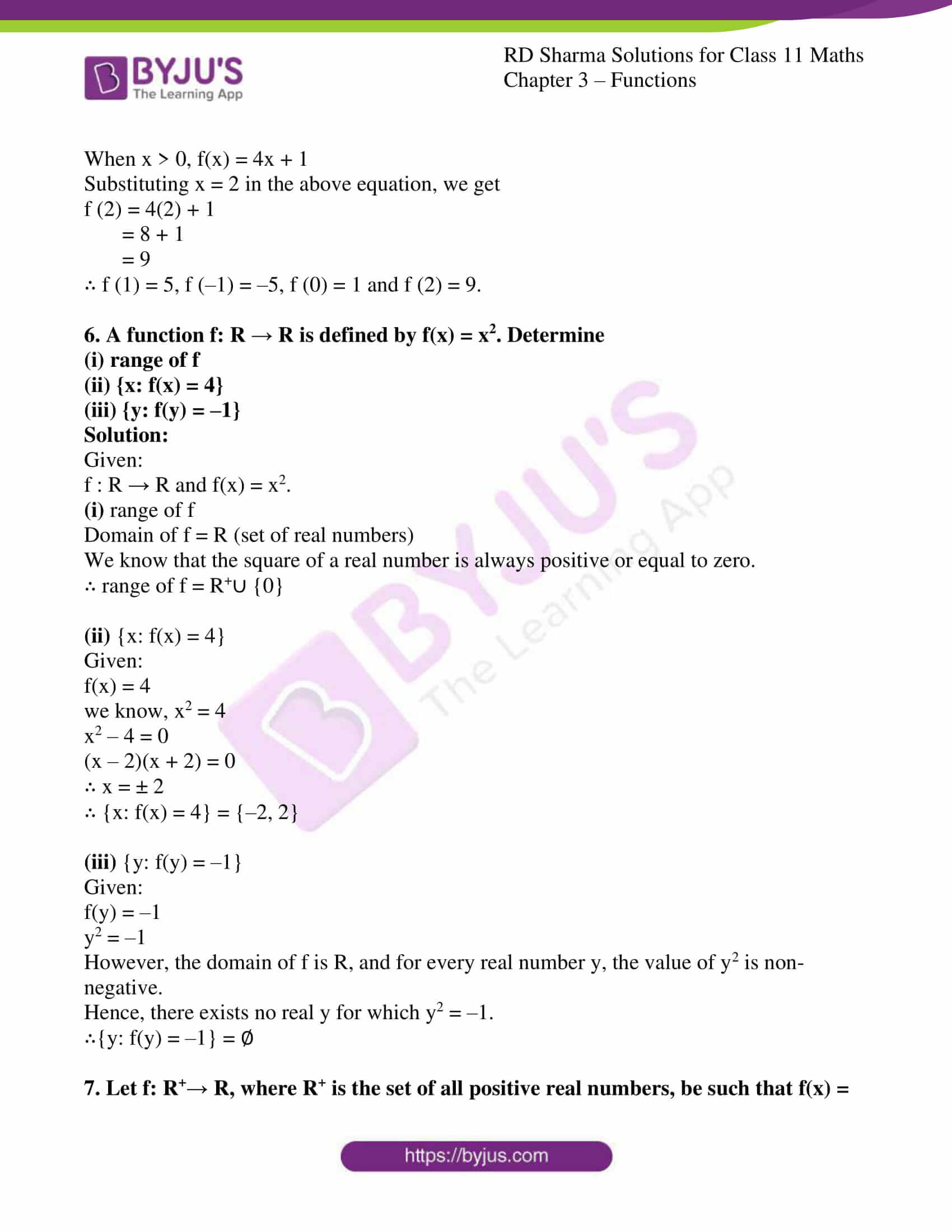



Rd Sharma Solutions For Class 11 Maths Updated For 21 22 Chapter 3 Functions



Www Topperlearning Com Answer Let F X Ax X 1 X Is Not Equal To 1 Then For What Value Of A Is F F X X Sehzhdzz




Misc 6 Let F X X2 1 X2 X R Find Range Chapter 2




Taylor Series Brook Taylor Presented By Sumrana Yasmeen Ppt Download



Let F X X 2 X 1 X 2 X 1 Then The Largest Value Of F X For X Belongs To The Interval 1 3 Is Iit Jee Main Advanced




Let F X 4 Sqrt E 1 X 1 X X 2 2 X 3 3 If G X Is Inverse Of F X Then The Value Of 1 G 7 6 Is




Let F X 1 X 0 X 2 3 X 2 Lt X Lt 3 Determine The Form Of Brainly In




A 26 Remainder Pdf
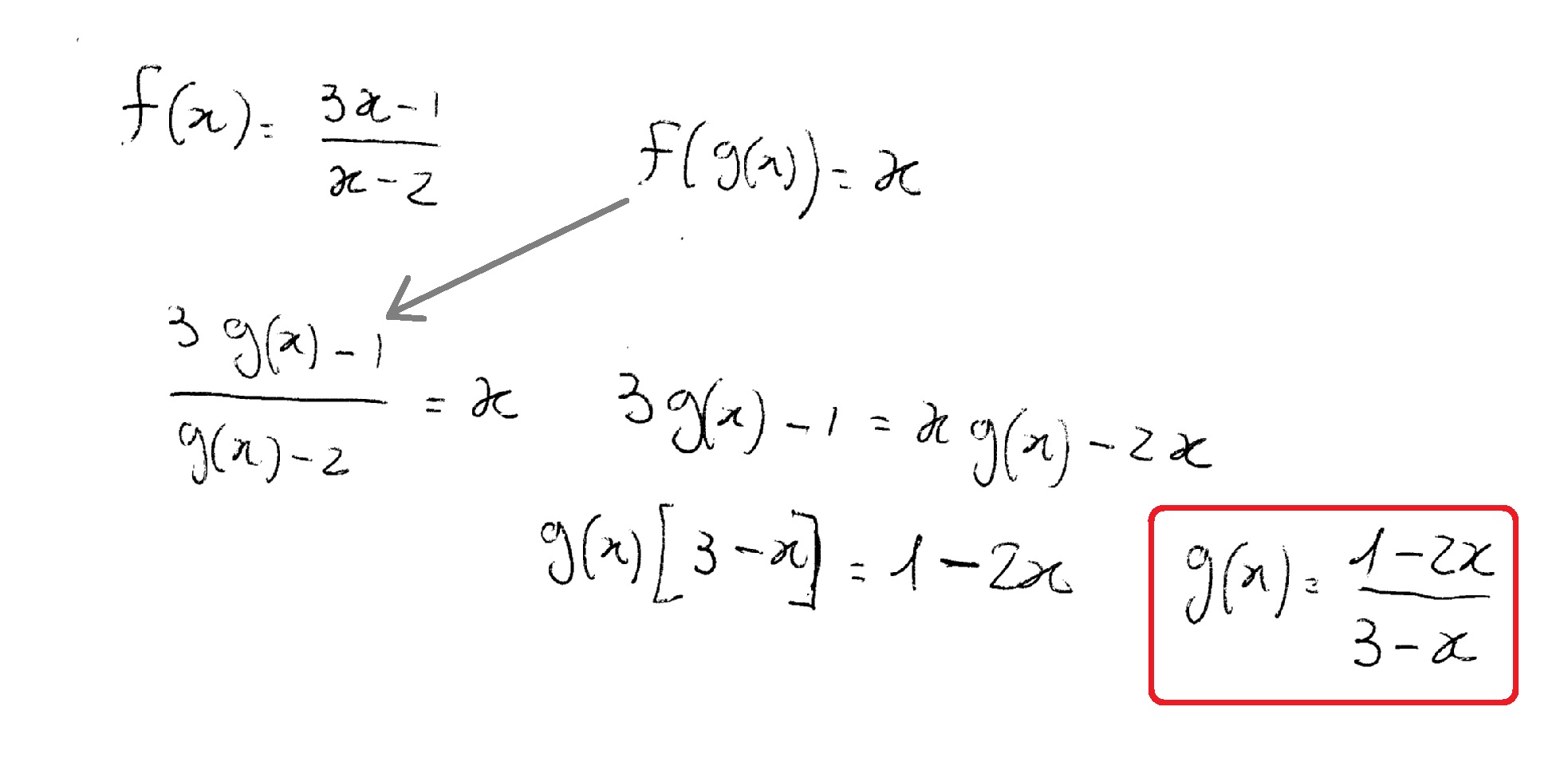



Let F X 3x 1 X 2 And F G X X How Do You Find G X Socratic




Is Function Of F X X 2 1 X 1 Continuous At X 1 Quora
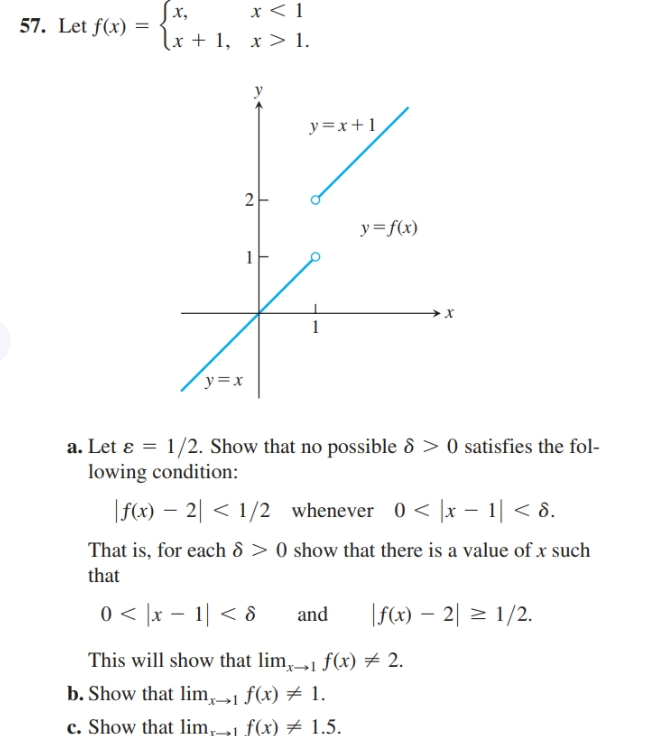



Answered Jx Lx 1 X 1 57 Let F X Y X 1 Bartleby




If F X X 2 1 X 2 Then Find The Value Of F X F 1 X Maths Relations And Functions Meritnation Com




Sample Exam 1



Q Tbn And9gcqnlzmdu7bo39sbnyy8n Qw7ju Qltdhgbmznxvwuughbwlyozz Usqp Cau



Solved Let F X 1 X 2x2 Evaluate F X H F X H Factor Out The Negative Sign For The Final Answer If Any Course Hero




Let F X X 1 2 1 X 1 Find A P0 64 B Q1 P0 25 And C P0 81 Homework Help And Answers Slader




Maximum Value Of Function F X Frac X 4 X 2 X 6 2x 3 1 When X 1 Mathematics Stack Exchange



Solved Question 1 Let F X Sin 1 X 2 Then The Second Derivative At X 1 F 1 Equals A 2 3sqrt3 B 1 4sqrt3 C 2 Sqrt39 D Sqrt6 9 E Course Hero




Let F X 1 X 1 2 Evaluate A F 2 F 3 And B F 23 Math Homework Answers




Increasing And Decreasing Function Ppt Download



Secure Media Collegeboard Org Digitalservices Pdf Ap Ap17 Calculus Ab Q6 Pdf




Let F X Frac 3x 2 2x 1 X 1 What Are The Types Of Asymptotes Of F X What Are The Equations Of All The Asymptotes Of F X Study Com




Let F X 1 X On 1 3 Find L F P And U F P When P 1 2 3 Mathematics Stack Exchange




8 Let F X Log X Sqrt X 2 1 Then F Prime X Equals Begin Array Ll Text 1 Sqrt X 2 1 Text 2 Frac X Sqrt X 2 1 Text 3 1 Frac X Sqrt X 2 1 Text 4 Frac 1 Sqrt X 2 1 End Array




Let F X 1 X And G X 1 X 2 Find The Area A Of The Region Between The Graphs Of F And G On The Interval 1 2 16 Wyzant Ask An Expert



Www3 Nd Edu Apilking Math Work Old exams Exam 3f12 Sols Pdf




Let F X X 2 2x 3 X 1 When X 1 K When X 1 Youtube



4a Supplementary Problem 1 Let F Be The Function Dened On The Interval 0 2 By 2 Ifosxsl Fog 4 If1 Lt G2 The Graph Of Y F 1 Is Shown Course Hero
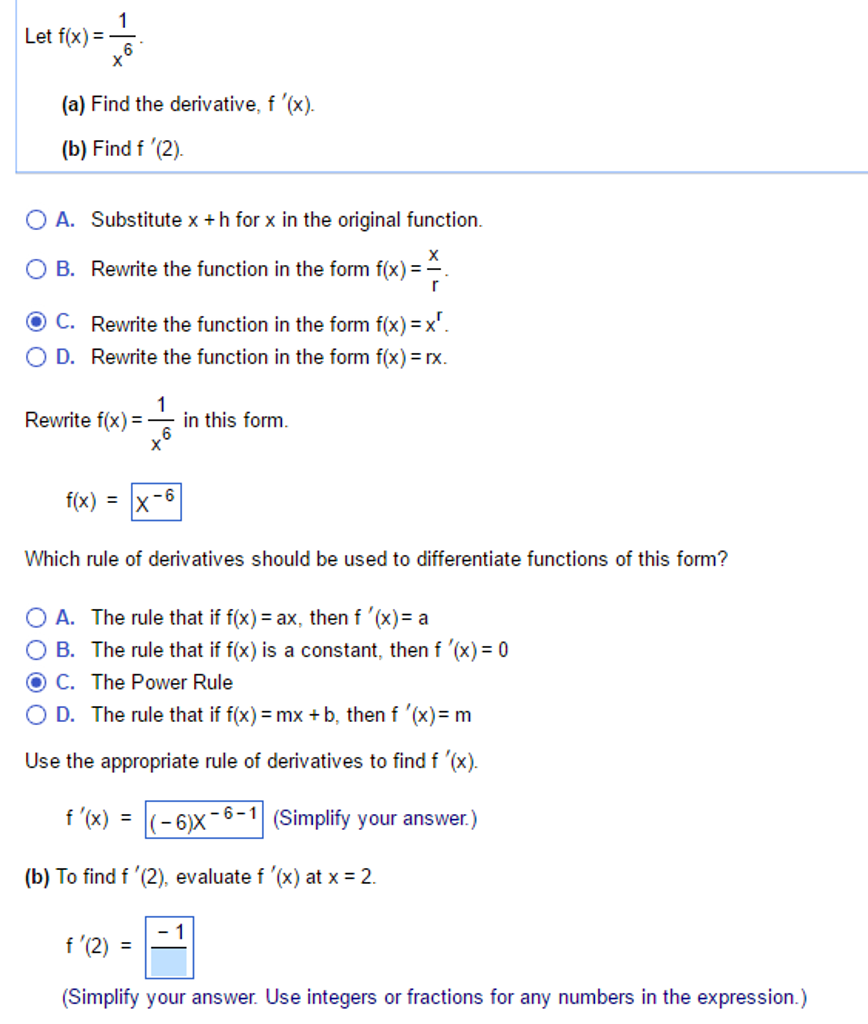



Let F X 1 X 6 Find The Derivative F X Find Chegg Com
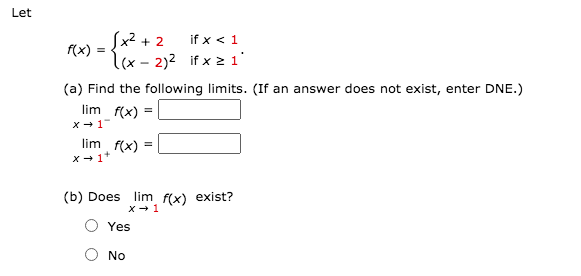



Let F X X2 2 If X Lt 1 X 2 2 If X Chegg Com




Consider A Subset Alpha X X2 1 X2 1 2x 2x2 Ofp2 R A Show That Alpha Is A Basis For P2 R B For Homeworklib



Search Q Domain And Range Table Tbm Isch




2 10 Points Let F X Y 23r Y 0 2 0 1 2 3 Homeworklib



Efisd Net Common Pages Displayfile Aspx Itemid



Www Portnet Org Cms Lib6 Ny Centricity Domain 276 1st and 2nd derivative test 1 Pdf



Www Frankstonisd Net Userfiles 70 Classes 343 Hw 1 5 3 piecewise functions Pdf Id 974




Let F X 1 X And G X 1 X 2 Find The Area A Of Chegg Com




For All Real Values Of X The Minimum Value Of 1 X Xsqrt2 1 X Xsqrt2 Is Mathematics Shaalaa Com




Ch 5 3 Series Solutions Near An Ordinary




Let F X 2x 2 X 1 And Let G X X 1 Which Statement Is True Brainly Com



2




Let F X 1 X And G X 1 X 2 Find The Area A Of The Region Between The Graphs Of F And G On The Interval 1 2 16 Wyzant Ask An Expert




Section 2 7 One To One Functions And Their Inverses Pdf Free Download
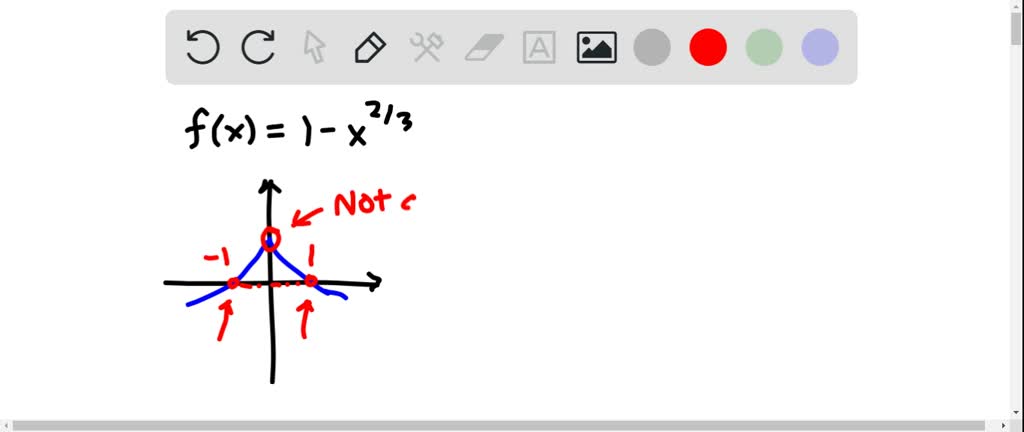



Solved Let F X 1 X 2 3 Show That F 1 F 1 But There Is No Number C In 1 1 Such That F Prime C 0 Why D




Misc 6 Let F X X2 1 X2 X R Find Range Chapter 2



Http Smacmathapcalculus Weebly Com Uploads 1 9 2 5 Ap Review Mc For Test 2 Key Pdf



Exercise I Jee Main Hcl Learning Guset User Flip Pdf Anyflip




B Let F X X2 1 And G X 1 X Find1 Fog X 2 Go F 1 3 Fo F X 4 Go G 5 Brainly Ph



Let F X X 2 1 X 2 And G X X 1 X X R 1 0 1 If H X F X G X Then The Local Minimum Value Of H X Is Sarthaks Econnect Largest Online Education Community
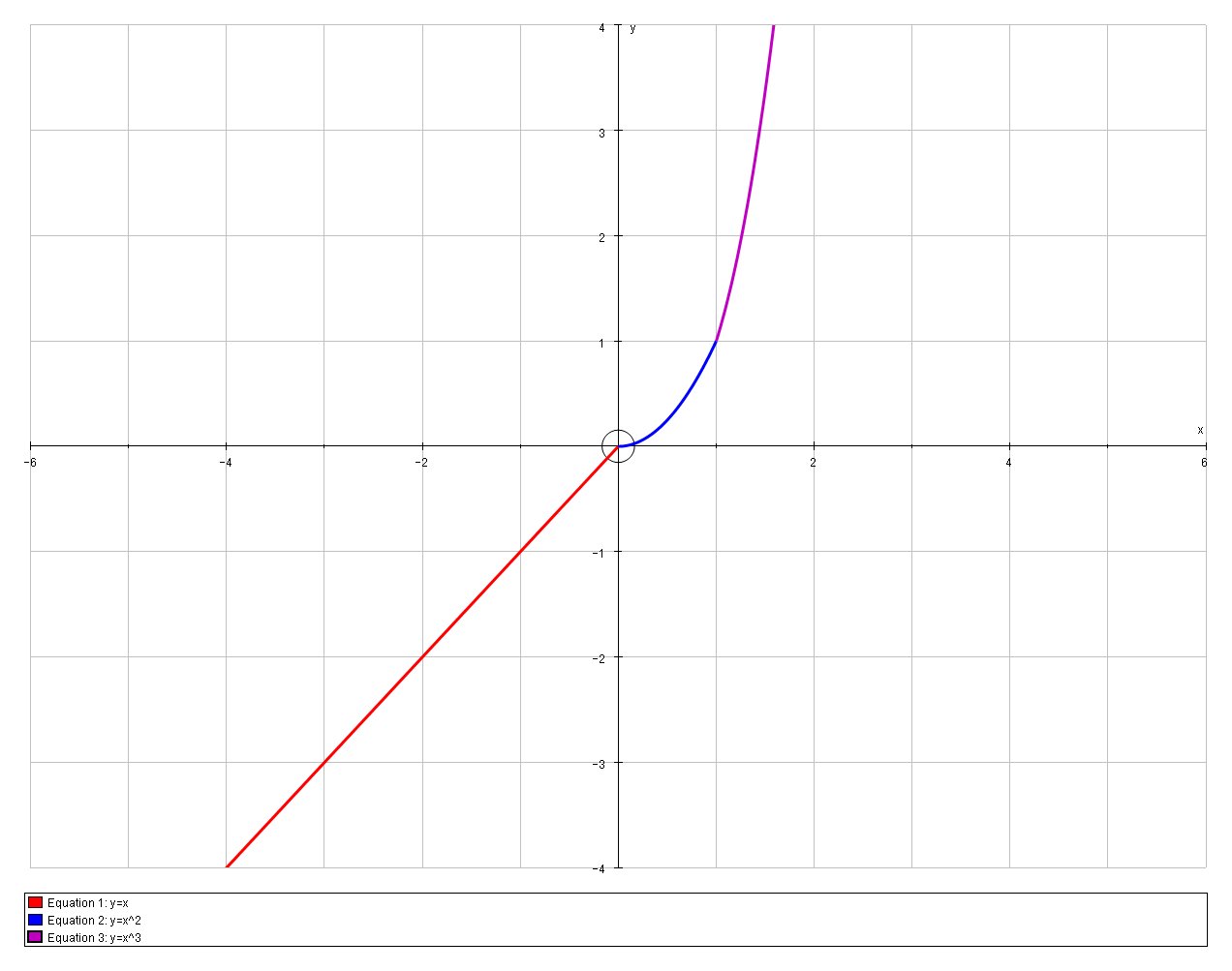



If G X X If X 0 X 2 If 0 X 1 X 3 If X 1 How Do You Show That G Is Continuous On All Real S Socratic




Misc 2 If F X X2 Find F 1 1 F 1 1 1 1 Chapter 2



Prove That The Function F Defined By F X X X 2x2 X 0 Remains X 0 Discontinuous At X 0 Regardless The Choice Of K Studyrankersonline



Http Web Pdx Edu Mccaffrc Final review Pdf



Http Maths Dur Ac Uk Dma0wjz B1 Anlec1 Pdf
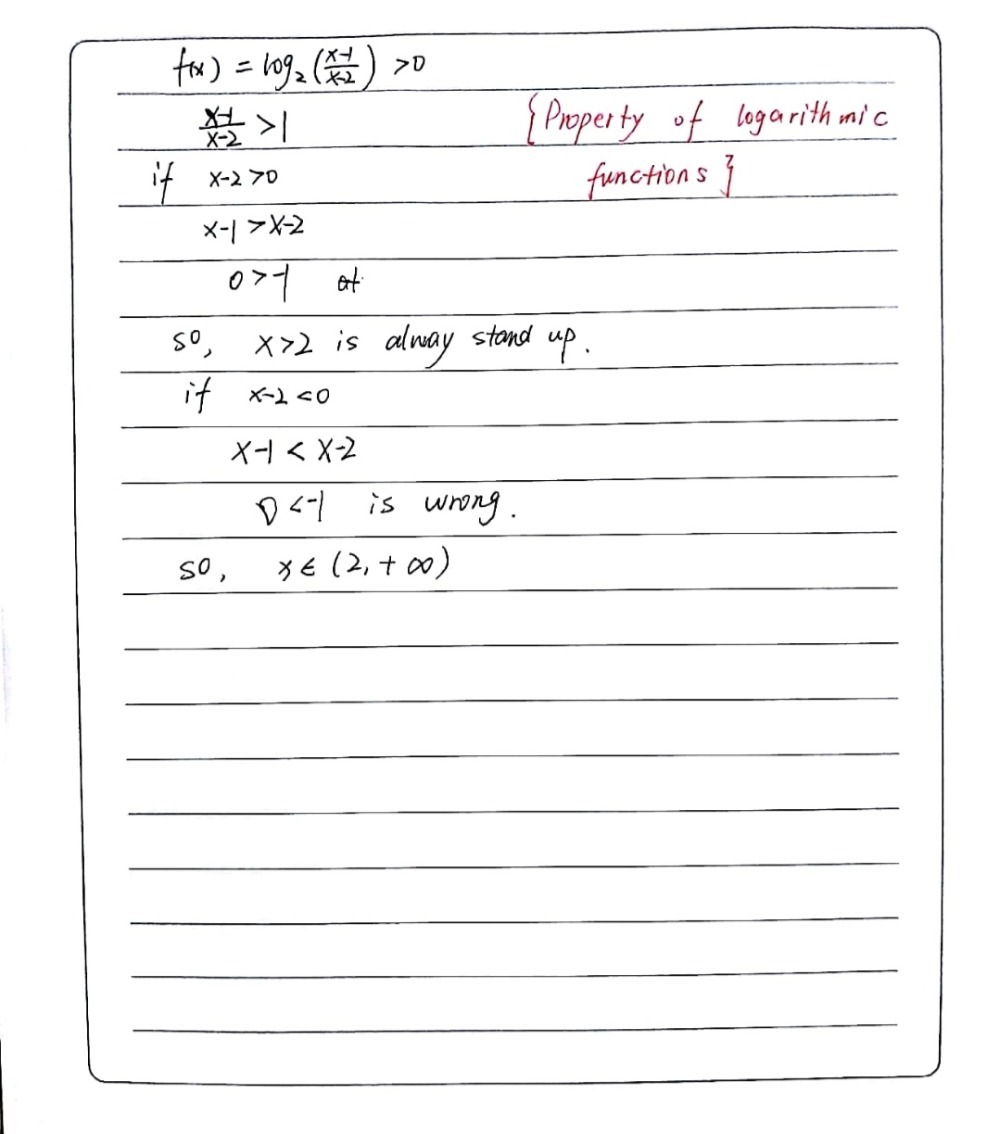



1 3 Let Fx Log 2 X 1 X 2 Find Values Of R For Wh Gauthmath




Let F X 2 10 X 1 And G X 3 10 X 1 If Fog X X Then X Is Equal To




Sequences Linear Shift Registers And Stream Ciphers Tor



Let F X 1 X 0 X 2 F X 3 X 2 X 3 Determine The Form Of G X F F X And Hence Find



0 件のコメント:
コメントを投稿